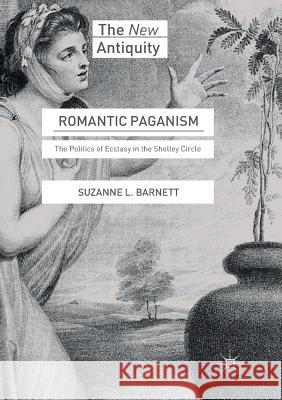Romantic Paganism: The Politics of Ecstasy in the Shelley Circle » książka
topmenu
Romantic Paganism: The Politics of Ecstasy in the Shelley Circle
ISBN-13: 9783319854632 / Angielski / Miękka / 2019 / 305 str.
Kategorie:
Kategorie BISAC:
Wydawca:
Palgrave MacMillan
Seria wydawnicza:
Język:
Angielski
ISBN-13:
9783319854632
Rok wydania:
2019
Wydanie:
Softcover Repri
Ilość stron:
305
Waga:
0.38 kg
Wymiary:
21.01 x 14.81 x 1.7
Oprawa:
Miękka
Wolumenów:
01
Dodatkowe informacje:
Wydanie ilustrowane











